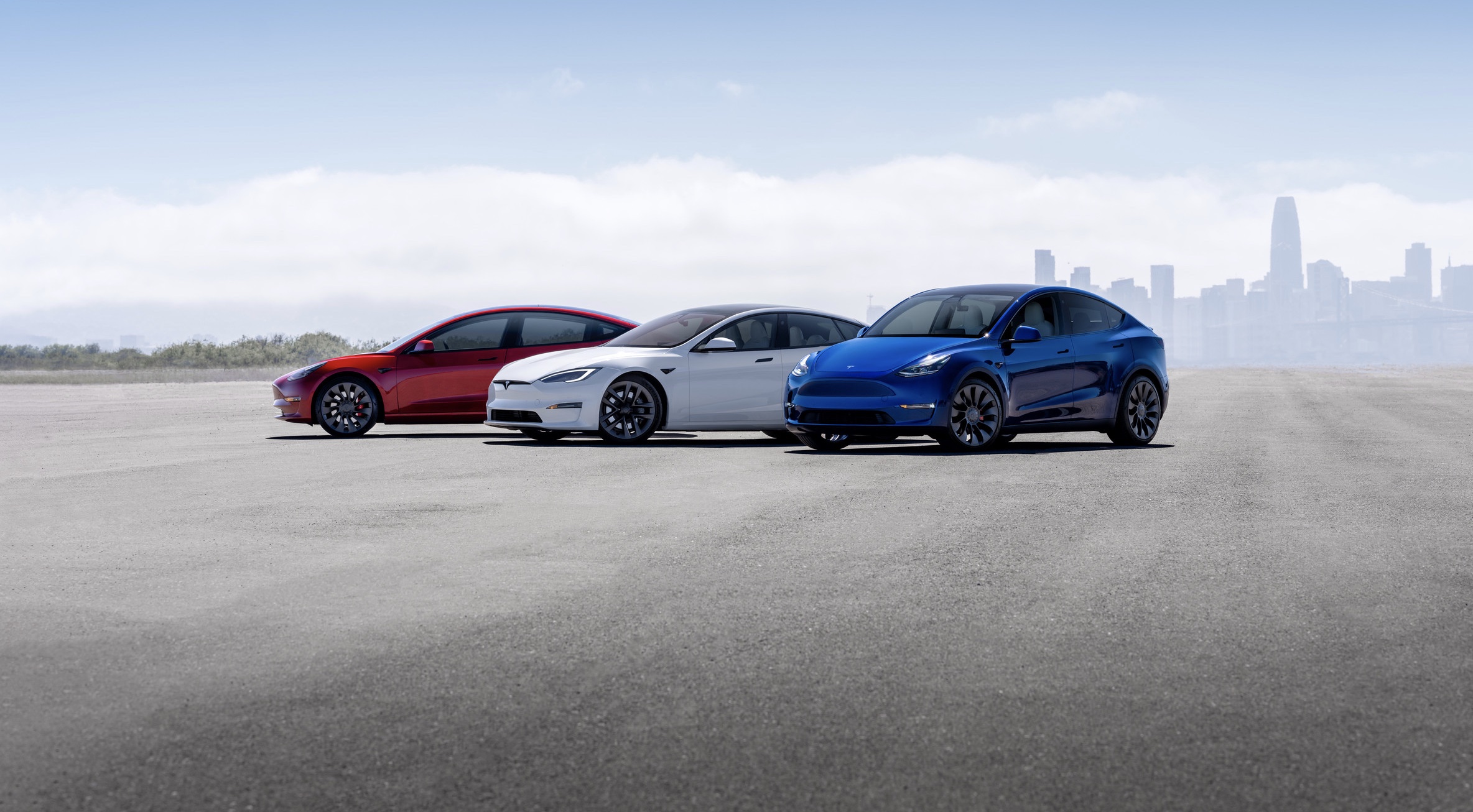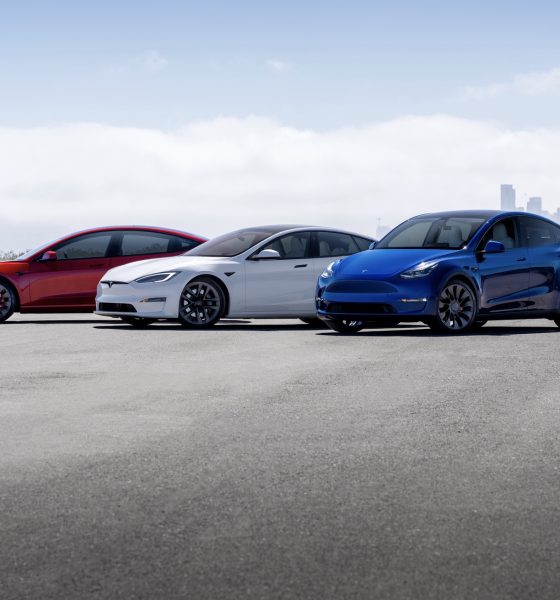Tesla Full Self-Driving (FSD) Beta applicants who own older car models are still patiently waiting for access to the FSD Beta program. Some applicants have shared their frustrations at camera upgrade issues which prevent them from becoming an FSD Beta user.
Camera Upgrade Issues
Tesla owners with older car models have reported their frustrations regarding camera upgrade requirements. Most of the owners are waiting to enter Tesla’s FSD Beta program.
The common issue is that owners receive camera upgrade notifications even after Tesla Service installed new cameras. It has caused great confusion among a number of Tesla community members waiting to become FSD Beta testers.
In correspondence with Teslarati, FSD Beta applicant Houman H. noted that his 2017 Model S with FSD had yet to receive access to Tesla’s Beta program. The Model S owner had upgraded his vehicle to Hardware 3. He also proactively contacted Tesla Service to get the necessary camera upgrade for his car.
Even after the upgrades, Houman H. did not receive FSD Beta access. Instead, he received another notice of his ineligibility for the program, stating that his Model S still needed camera upgrades. Confused, Houman H. contacted Tesla Service, thinking there must have been a mistake in their records as he had already upgraded his cameras.
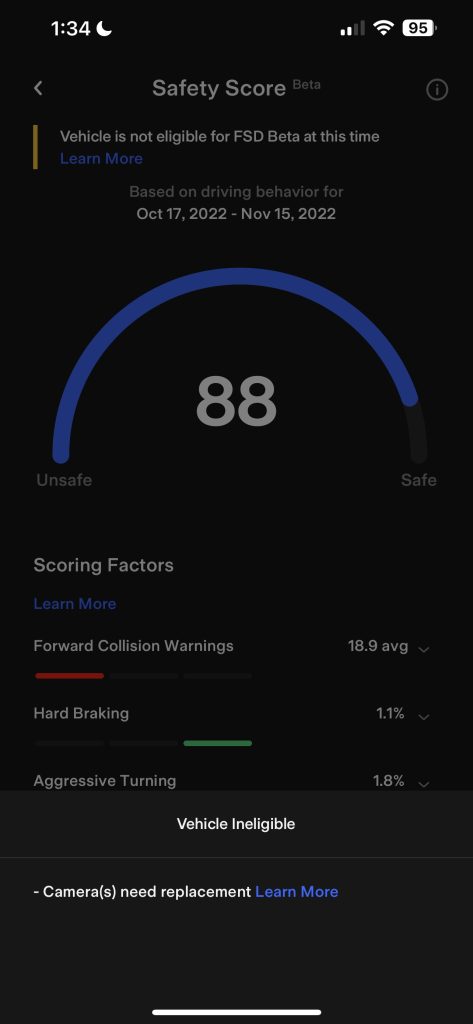
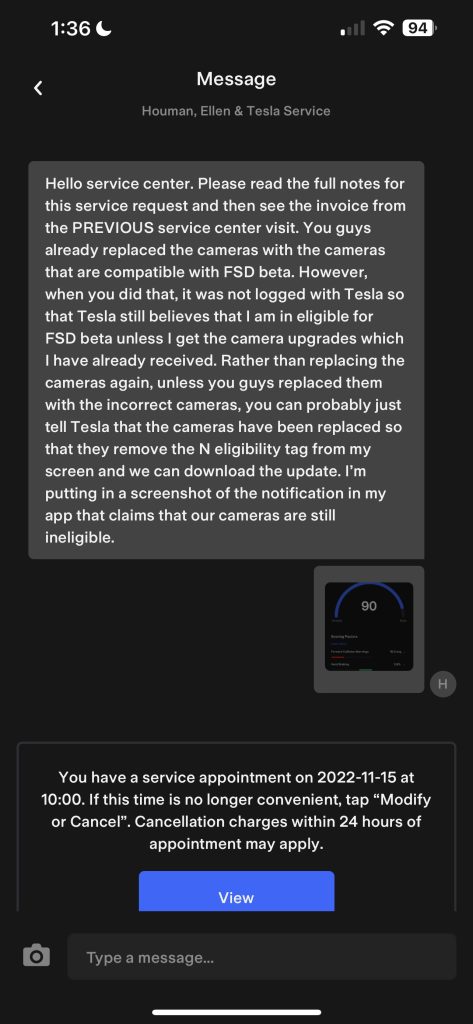
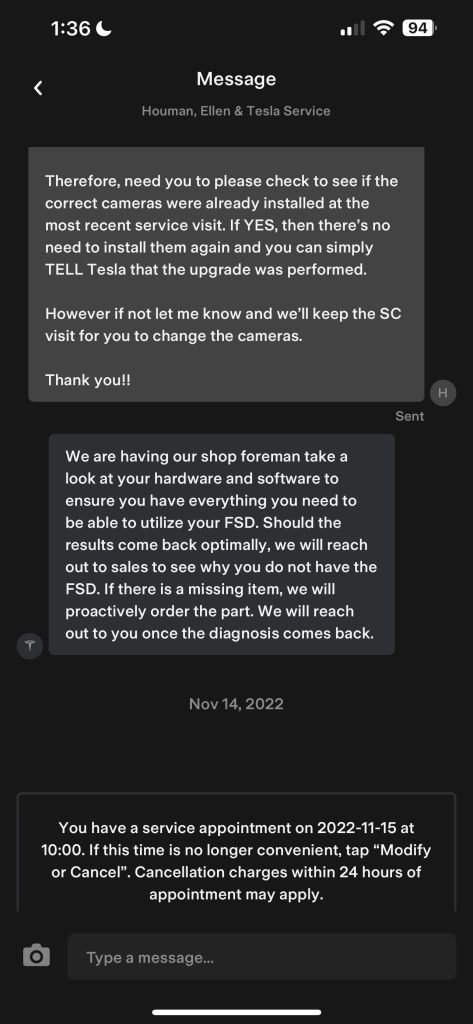
Who is affected by the Camera Upgrade Issues?
A few Tesla owners who own older models talked to Teslarati about their challenges while patiently waiting for access to the FSD Beta program. Most—if not all—of the owners Teslarati spoke to have a Safety Score between 80 to 90 and purchased FSD at least a year ago.
Most owners with camera upgrade issues own vehicles from 2017 or older. A few other owners have posted about camera upgrade issues online.
“I have been patiently waiting since November 2021 for the FSD beta for my 2017 MS P100D when my cameras were upgraded and the MCU2 was installed. The vehicle was delivered with MCU1 and AP2.0. Safety score has always been 95 or above,” shared Powderkeg in the Tesla Motor Club (TMC) Forum.
“Recently the Tesla app version 4.14.2 allows the user to view if their vehicle is eligible for the FSD Beta. Much to my chagrin my vehicle shows that it is not eligible due to the cameras needing to be replaced. I know they were replaced at the time of the MCU2 upgrade because they are listed under the parts section,” the TMC member elaborated.
Tesla’s Response to the Camera Upgrade Issue
The TMC member and Houman H. worked with their local Tesla Service Center to solve their issues. They received different reasons for their camera upgrade issues.
In Houman H’s case, one of his upgraded cameras needed to be replaced. Tesla reportedly mentioned that some upgraded cameras in select cars needed to be replaced due to an unspecified issue.
“So apparently they didn’t have to replace all of them, they said that there was a problem with one of their replacement cameras that wasn’t working for many people, I think it was the front right side camera so for many of them they had to be replaced Even if they had already been upgraded. Therefore, doesn’t sound like it’s a true situation where all of them have to be replaced, but there are select cameras on select cars that have to be upgraded again due to some type of problem,” Houman H. told Teslarati.
Powderkeg also received information from his local Tesla Service Center. In his case, Tesla stated that all cameras need to be upgraded to run the final production FSD software.

Another Teslarati reader, Frank H., noted that he couldn’t upgrade his cameras, even after several requests to his Tesla Service Center. Frank H. paid for FSD, but has not been able to participate in Tesla’s beta program because of old cameras.
“I paid for FSD years ago but have been unable to participate in the beta program due to old cameras. Now FSD is in wide release and Tesla still has not upgraded my cameras after several requests. I am told: ‘We are currently experiencing a parts shortage on all parts necessary to perform FSD camera upgrade,’” Frank H. shared with Teslarati.
Are you having trouble getting into the FSD Beta program, too? I’d like to hear from you. Contact me at maria@teslarati.com or via Twitter @Writer_01001101.

Elon Musk
Elon Musk debunks report claiming xAI raised $15 billion in funding round
xAI also responded with what appeared to be an automated reply, stating, “Legacy Media Lies.”
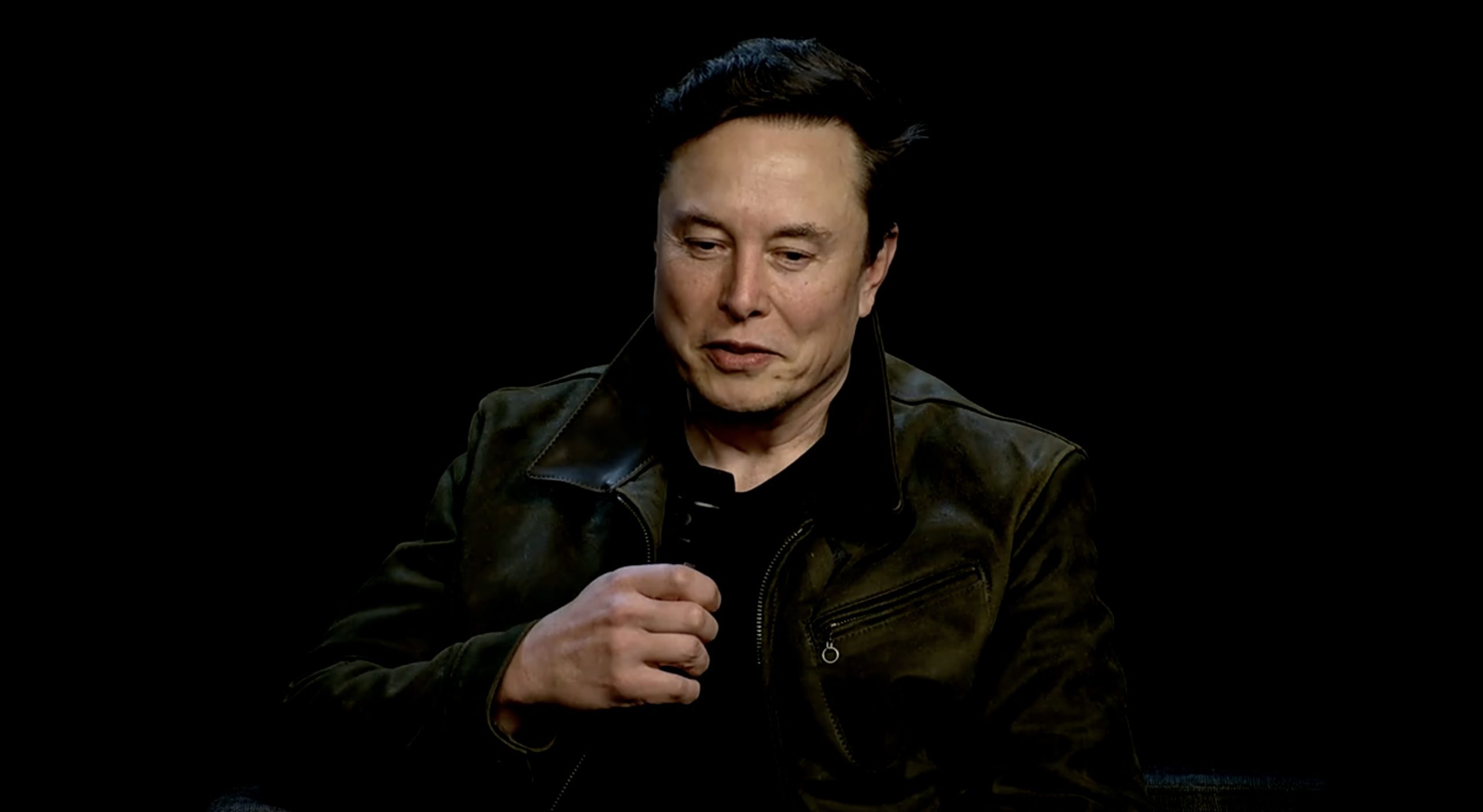
Elon Musk has debunked a report claiming his AI startup xAI had raised $15 billion from a funding round. Reports of the alleged funding round were initially reported by CNBC, which cited sources reportedly familiar with the matter.
CNBC’s report
The CNBC story cited unnamed sources that claimed that the new capital injection would help fund GPUs that xAI needs to train its large language model, Grok. The news outlet noted that following the funding round, xAI was valued at $200 billion.
Artificial intelligence startups have been raising funds from investors as of late. OpenAI raised $6.6 billion in October, valuing the startup at a staggering $500 billion. Reuters also reported last month that OpenAI was preparing for an IPO with a valuation of $1 trillion. Elon Musk’s xAI is looking to catch up and disrupt OpenAI, as well as its large language model, ChatGPT, which has become ubiquitous.
Elon Musk and xAI’s responses
In his response on X, Elon Musk simply stated that the CNBC story was “false.” He did not, however, explain if the whole premise of the publication’s article was fallacious, or if only parts of it were inaccurate.
Amusingly enough, xAI also issued a response when asked about the matter by Reuters, which also reported on the story. The artificial intelligence startup responded with what appeared to be an automated reply, which read, “Legacy Media Lies.”
xAI, founded in July 2023 as an alternative to OpenAI and Anthropic, has aggressively built out infrastructure to support its flagship products, including Grok and its recently launched Grokipedia platform. The company is developing its Colossus supercomputer in Memphis, which is heralded as one of the world’s largest supercomputer clusters.
News
Tesla reportedly testing Apple CarPlay integration: report
Citing insiders reportedly familiar with the matter, Bloomberg News claimed that CarPlay is being trialed by the EV maker internally.

Tesla is reportedly testing Apple’s CarPlay software for its vehicles, marking a major shift after years of resisting the tech giant’s ecosystem.
Citing insiders reportedly familiar with the matter, Bloomberg News claimed that CarPlay is being trialed by the EV maker internally. The move could help Tesla gain more market share, as surveys have shown many buyers consider CarPlay as an essential feature when choosing a car.
Not the usual CarPlay experience
Bloomberg claimed that Tesla’s tests involve a rather unique way to integrate CarPlay. Instead of replacing the vehicle’s entire infotainment display, Tesla’s integration will reportedly feature a CarPlay window on the infotainment system. This limited approach will ensure that Tesla’s own software, such as Full Self-Driving’s visuals, remains dominant.
The feature is expected to support wireless connectivity as well, bringing Tesla in line with other luxury automakers that already offer CarPlay. While plans remain fluid and may change before public release, the publication’s sources claimed that the rollout could happen within months.
A change of heart
Tesla has been reluctant to grant Apple access to its in-car systems, partly due to Elon Musk’s past criticism of the tech giant’s App Store policies and its poaching of Tesla engineers during the failed Apple Car project. Tesla’s in-house software is also deemed by numerous owners as a superior option to CarPlay, thanks to its sleek design and rich feature set.
With Apple’s retreat from building cars and Elon Musk’s relationship with Apple for X and Grok, however, the CEO’s stance on the tech giant seems to be improving. Overall, Tesla’s potential CarPlay integration would likely be appreciated by owners, as a McKinsey & Co. survey last year found that roughly one-third of buyers considered the lack of such systems a deal-breaker.
News
China considering EV acceleration limits to curb high-speed accidents
If approved, the regulation would be a national standard.
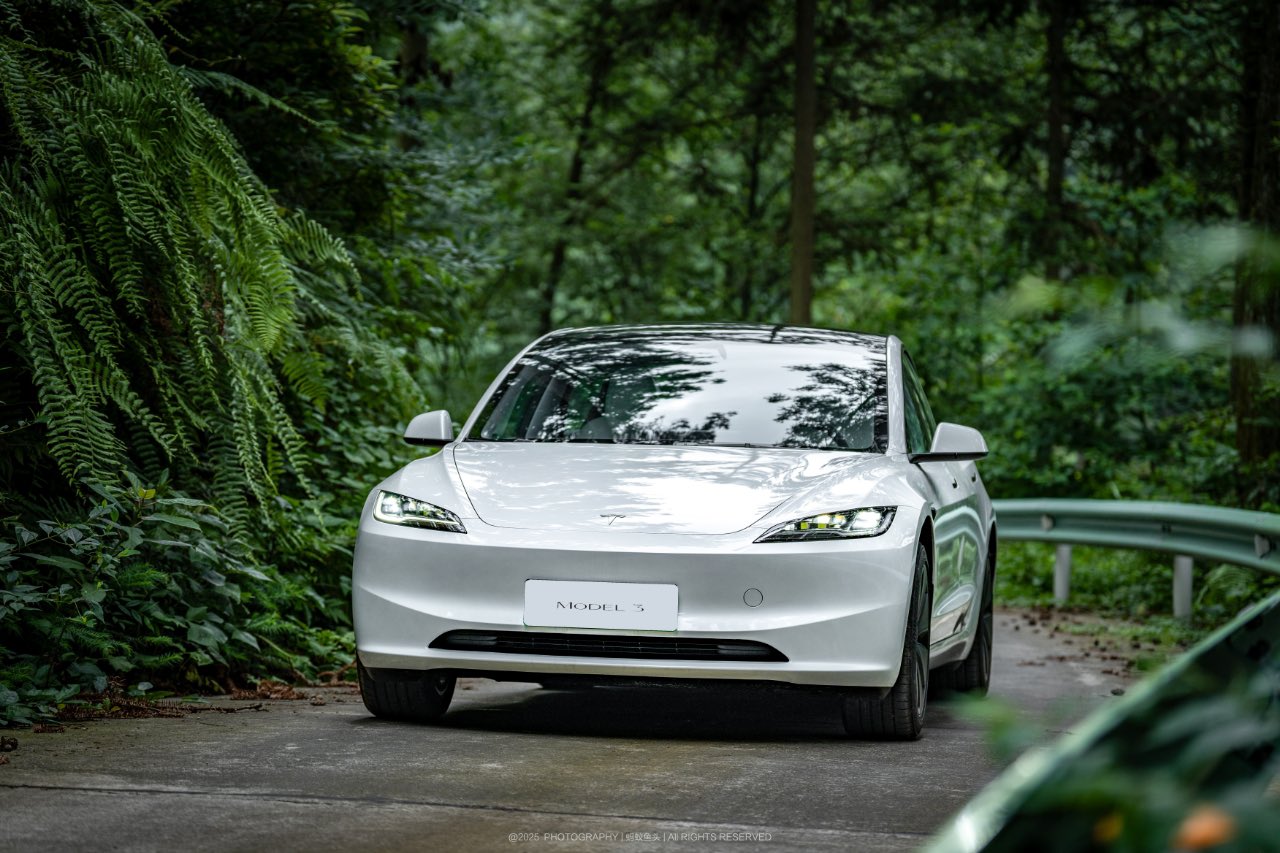
Recent reports have emerged stating that China is considering new national standards that would restrict how fast electric vehicles can accelerate upon each startup. The potential regulation is reportedly being considered amidst a rise in EV-related crashes.
The draft for the proposed regulation was released by the Ministry of Public Security on November 10. If approved, the regulation would be a national standard.
New regulation targets default performance limits
Under the proposal, all passenger vehicles would start in a state where acceleration from 0–100 km/h (0-60 mph) would take no less than five seconds. This rule would apply to both pure EVs and plug-in hybrids, and it is aimed at preventing unintended acceleration caused by driver inexperience or surprise torque delivery.
The public has until January 10, 2026, to submit feedback before the rule is finalized, as noted in a CNEV Post report.
Authorities have stated that the change reflects growing safety concerns amidst the arrival of more powerful electric cars. The new regulation would make it mandatory for drivers to deliberately engage performance modes, ensuring they are aware and ready for their vehicles’ increased power output before accelerating.
A rise in accidents
China’s EV sector has seen an explosion of high-powered models, some capable of 0–100 km/h acceleration in under two seconds. These speeds were once reserved for supercars, but some electric cars such as the Xiaomi SU7 Ultra offer such performance at an affordable cost.
However, authorities have observed that this performance has led to an uptick in accidents. I recent years, incidents of crashes involving lack of control in vehicles with rapid acceleration have risen, as per an explanatory note accompanying the draft.
Part of this is due to drivers seemingly being unprepared for the power of their own vehicles. For context, driving schools in China typically use cars that accelerate to 100 km/h in more than 5 seconds. This level of acceleration is also typical in combustion-powered cars.
@teslarati 🚨🚨 Tesla Full Self-Driving and Yap is the best driving experience #tesla #fsd #yapping ♬ I Run – HAVEN.
-

 News6 days ago
News6 days agoTesla shares rare peek at Semi factory’s interior
-

 Elon Musk6 days ago
Elon Musk6 days agoTesla says texting and driving capability is coming ‘in a month or two’
-

 News5 days ago
News5 days agoTesla makes online ordering even easier
-

 News5 days ago
News5 days agoTesla Model Y Performance set for new market entrance in Q1
-

 News6 days ago
News6 days agoTesla Cybercab production starts Q2 2026, Elon Musk confirms
-

 News6 days ago
News6 days agoTesla China expecting full FSD approval in Q1 2026: Elon Musk
-

 News1 week ago
News1 week agoTesla Model Y Performance is rapidly moving toward customer deliveries
-
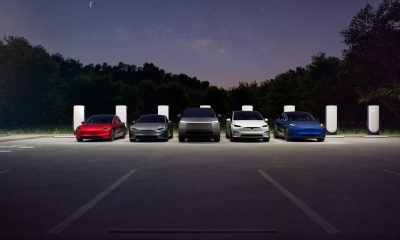
 News4 days ago
News4 days agoTesla is launching a crazy new Rental program with cheap daily rates
